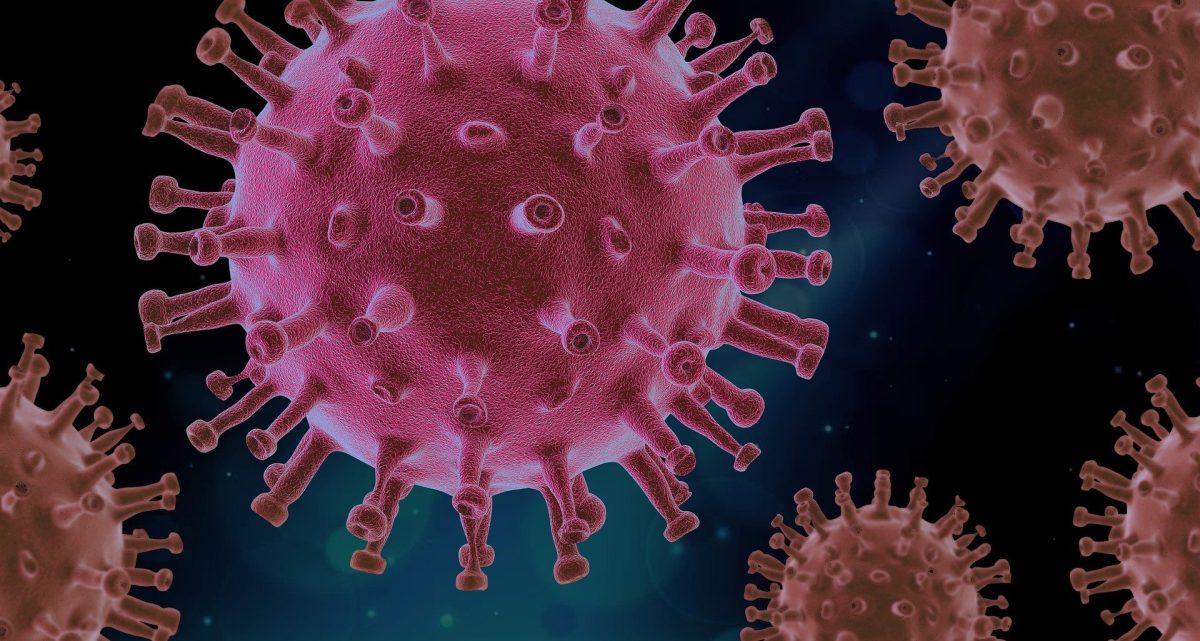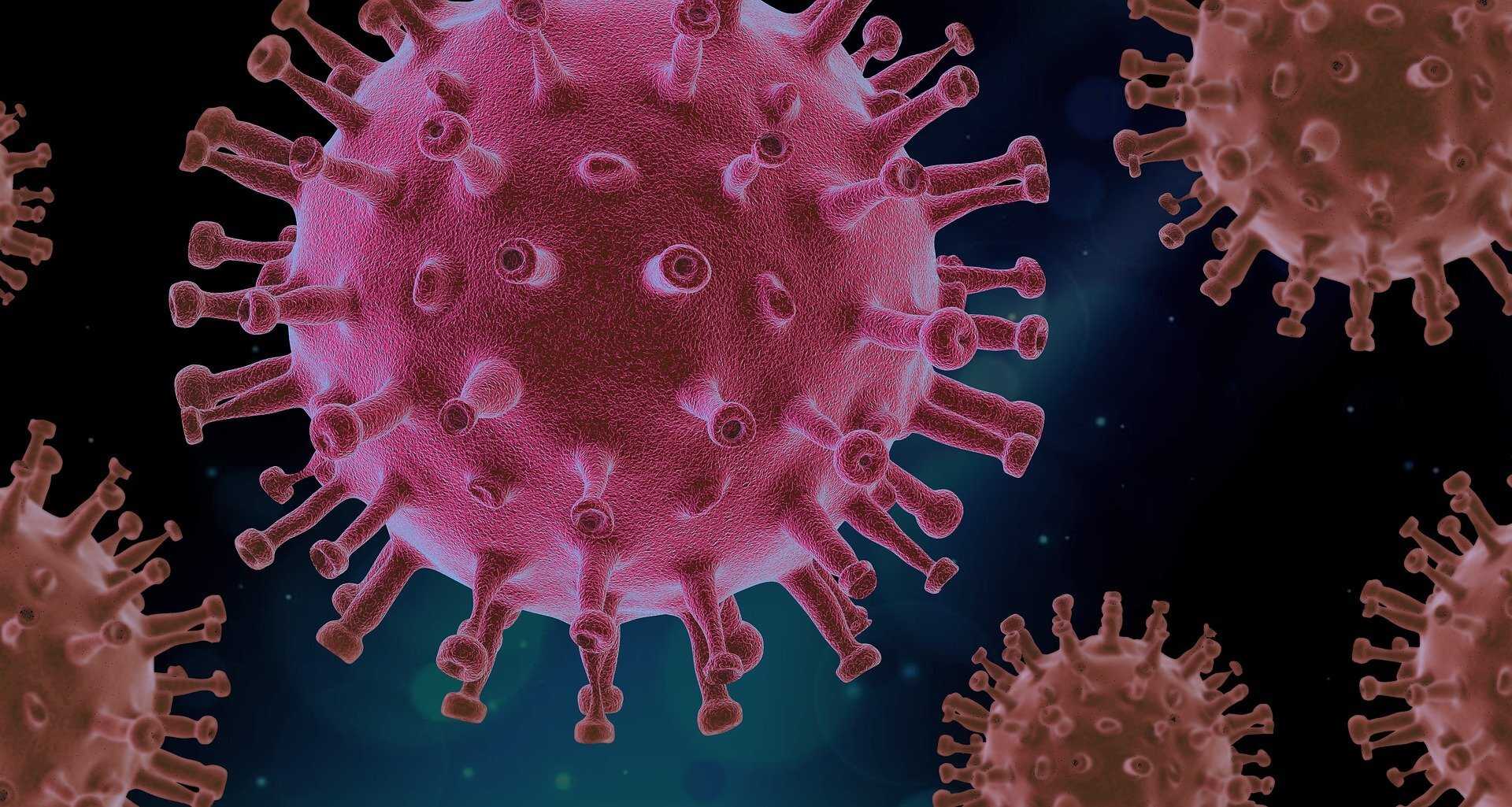Starting in early Sept. Scientists discovered a new variant of Covid-19 in California that showed signs of being deadlier and more infectious than other variants of the virus.
Scientists first became aware of this new variant in the winter when the cases in California were spiking to all time highs. However, after research it is believed to have first been detected in September. Although the research and findings on this new variant are in the early stages, the findings are causing some scientists to be concerned.
A study conducted by MedRXiv found signs that the new variant could be more contagious, although it is important to note that this study has not yet been peer reviewed. The study said, “…detection of the variant increased at a logistic rate similar to those observed elsewhere, with a doubling rate of a little over a week and an increased transmission rate of 35-45%.”
People often get confused when percentages get used to describe the rates of transmission for all of the different variants. Sonoma State Virology Professor Joseph Lin was able to provide some explanation on what an increased transmission rate of 45% really means. “The percentages mean that in a normal situation, if 100 people were infected, the new variant would result in 145 people (45% more).”
He also explained it in relation to another study claiming this variant had a 24% increase in mortality rate. “Same goes for 24%,” He said. “124 instead of normally 100 people die. It does not mean that 24% that get infected will die.”
An article by Sciencemag.org went into further detail on just how exactly the new variant is thought to be more effective at infecting people. “One of those mutations, dubbed L452R, is thought to stabilize the interaction between the spike protein and the receptor it uses to attach to and invade human cells, increasing infectivity,” they said, “None of those three spike mutations is found in the three other variants of concern, which emerged in the United Kingdom, South Africa, and Brazil.”
Professor Lin also weighed in on the new variant, and gave some context on how all of these different variants come to be and why they happen. “Variants form when viruses make mistakes (mutations) replicating their genomes as they reproduce,” he said, “If the mistakes are beneficial and provide an advantage for the virus, it can ultimately become a new variant.”
Although the new variant has shown cause for concern, the research on it is still in the early stages. The good news is that the vaccine is still anticipated to have a positive effect on this strain. While other variants have proven to be more resistant to the vaccine, this variant does not seem to be as resistant as some of the other ones. This variant is reportedly less resistant than the South African variant according to Livescience.com. They went on to say that the South African variant produced six times lower levels of antibodies compared to other strains while the California variant only produced two times lower levels.
The California variant is another new mutation of this virus and should always be taken seriously. That being said, the research is in the very early stages and more studies will be conducted in the future to obtain more accurate details of what this variant is really all about. To better protect yourself and others, the CDC recommends wearing a cloth mask on top of a surgical mask.





![[Both photos courtesy of sonoma.edu]
Ming-Ting Mike Lee stepped in as the new SSU president following Sakakis resignation in July 2022](https://sonomastatestar.com/wp-content/uploads/2024/04/CC4520AB-22A7-41B2-9F6F-2A2D5F76A28C-1200x1200.jpeg)



























